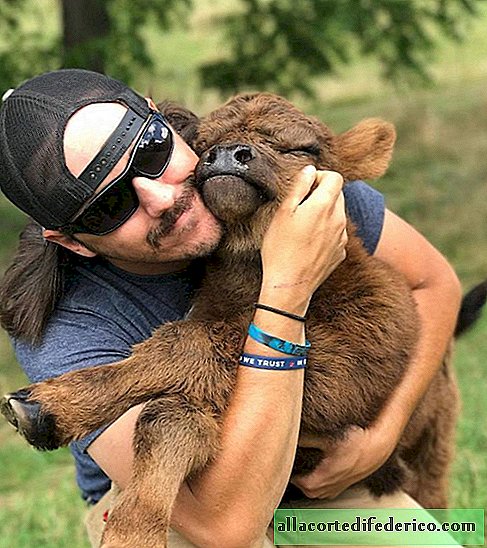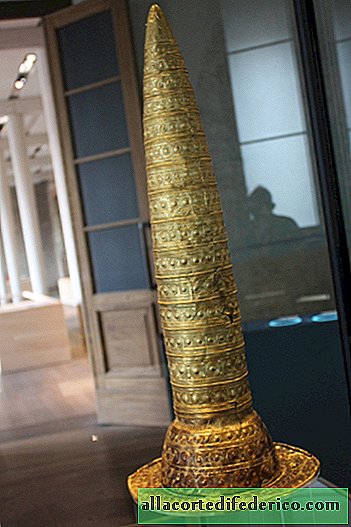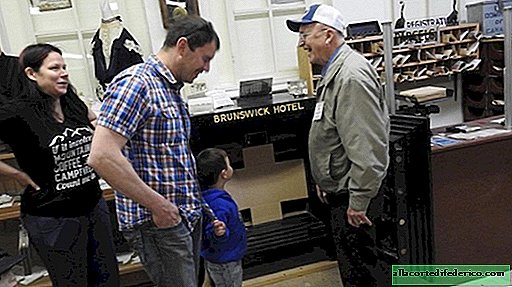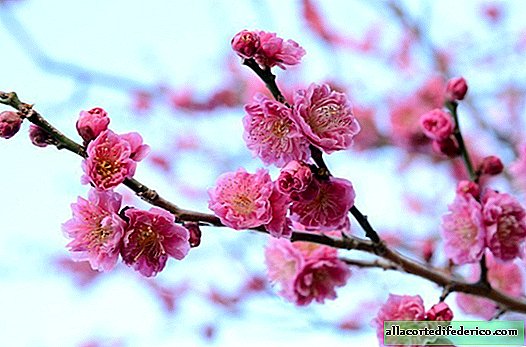Strange couple: noble green-red parrots and tricks during the breeding season
Differences in appearance between males and females are a fairly common occurrence in the world of birds. Males, as a rule, are decorated with a more attractive plumage, and additional crests and chic tails are not uncommon among them. Although in general, family resemblance can be traced quite clearly. But the noble green-red parrots that live in Australia and on the adjacent islands surpassed all their relatives. They are so unlike each other that ornithologists for a long time considered them different species.

These are medium-sized parrots weighing up to 450 grams. Males have a green color, with some presence of blue in the area of the wings, as well as a red-blue tail. The beak of the male is bright yellow.

The female is completely different. It has a deep red color of feathers, and the edges of the wings and lower abdomen are blue-violet. Moreover, even her beak is not yellow, but black.

Noble green and red parrots live in the rainforests of Australia, the Solomon Islands and New Guinea. They feed, like most parrots, on fruits, buds, leaves and seeds of plants. There are frequent cases when they raid the fields of Australian farmers, damaging the crops.
Females hatch in hollows located very high above the ground. It is interesting that the females, when they hatch their eggs, do not leave their nests for even a minute, and the males bring them food. Dads also take care of hatched chicks, supplying them with food.

In addition to the unusual color, Australian ornithologists found out interesting points in the relationship of this couple. It turns out that during the breeding season, these parrots are not too faithful to their partners and resort to small tricks for their own benefit. For example, females, for example, take courtship of several males, and during the hatching period they gladly take food from 5-7 potential dads. But their partners in this situation are not a cheated party. They feed several females and their chicks themselves, believing that only they are the happy fathers of the babies. Here's a tricky scheme in the world of green-red parrots. Although, if you think about it, from an evolutionary point of view, this is more of a useful type of relationship, contributing to the survival of the species, rather than simply satisfying personal needs.


















